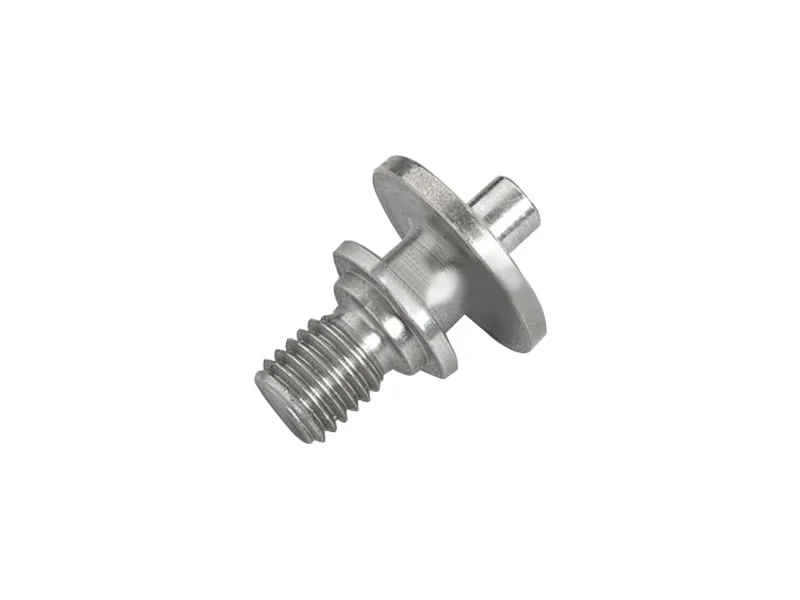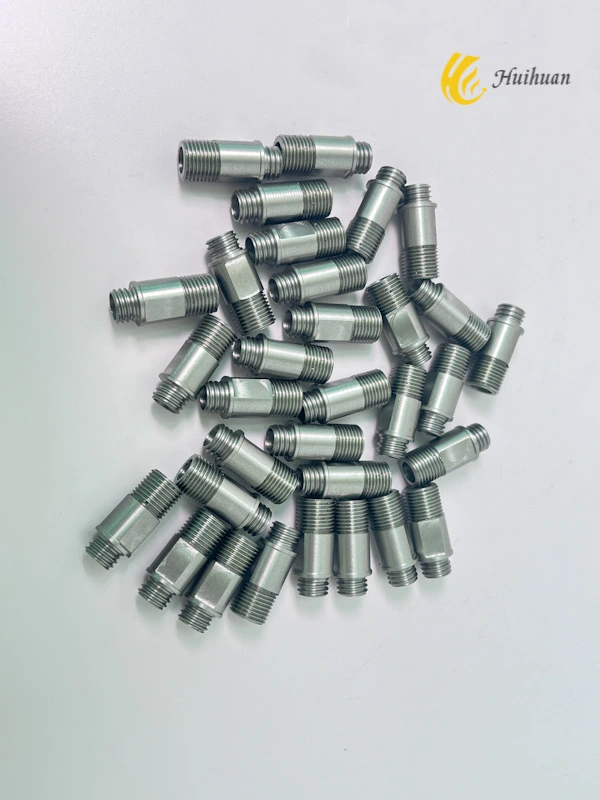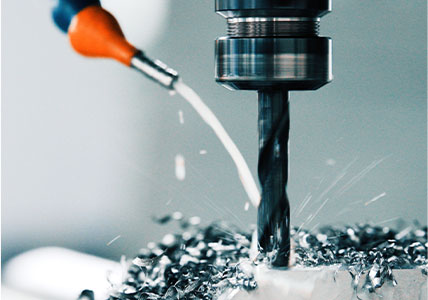



Mold non-standard parts generally refer to the specifications, shape is different, relative to the standard mold has a special structure of the mold called non-standard parts. Generally speaking, mold non-standard parts are processed by suppliers according to the drawings provided by customers and their needs. The mold parts with their high precision requirements, high-quality requirements, etc. are located in the first hardware parts.
1. When designing the structural appearance of the parts, the hardware stamping parts processed by non-standard automation parts should adopt a complex and reasonable appearance and its combination, while the number of processed appearances and the processing area should be as small as possible.
2. Non-standard automation parts processing has appropriate manufacturing accuracy and appearance roughness. The cost of hardware stamping parts will increase with the increase in precision, especially in the case of higher precision, this increase is very obvious. Therefore, high precision cannot be pursued without sufficient foundation. Likewise, the appearance roughness of metal stamping parts should be appropriately specified according to the actual requirements of appearance.
3. In order to meet the requirements of metal stamping and forming function, in order to promote stamping deformation and improve product quality, the data should have good plasticity, small yield ratio, large plate thickness directionality coefficient, small plate directionality coefficient and small ratio of yield strength to modulus of elasticity. The separation process does not require the data to have a large plasticity, but a certain plasticity.
4. The choice of the preparation method of the blank in reasonable mechanical engineering can be indirectly applied to profiles, casting, forging, stamping and welding. The choice of blanks is related to the detailed technical conditions of consumption and usually depends on the consumption of batches, data functions and processing capabilities.
Non-standard parts, also called non-standard parts, are parts designed and manufactured according to customer needs and requirements. There are usually no standard specifications and sizes for these parts, and different manufacturers and customers may have different designs and requirements. The processing process of non-standard parts is usually divided into the following steps: 1. Parts design and drawing: according to the requirements and parameters provided by customers, parts design and drawing. 2. Material procurement and inspection: Select appropriate materials according to design requirements, and conduct a quality inspection of purchased materials. 3. Processing technology planning: Determine the processing technology, equipment, and tools according to the shape, size, and material characteristics of the parts. 4. Processing and production: using machine tools, cutting tools, and other equipment to process and form materials. 5. Inspection and acceptance: strictly inspect and test the finished parts to ensure that they meet customer requirements and standards. 6. Delivery to customers: After the completion of processing, inspection, and acceptance, the parts will be delivered to customers, and relevant quality inspection reports and technical support will be provided. Because non-standard parts often need to be customized and machined, the process can be relatively complex and time-consuming. However, through accurate design and scientific process planning, can be manufactured to meet customer requirements for high-quality non-standard parts.
Let us be your resource to determine which manufacturing processes are right for your project. Start your project with a free quote.



